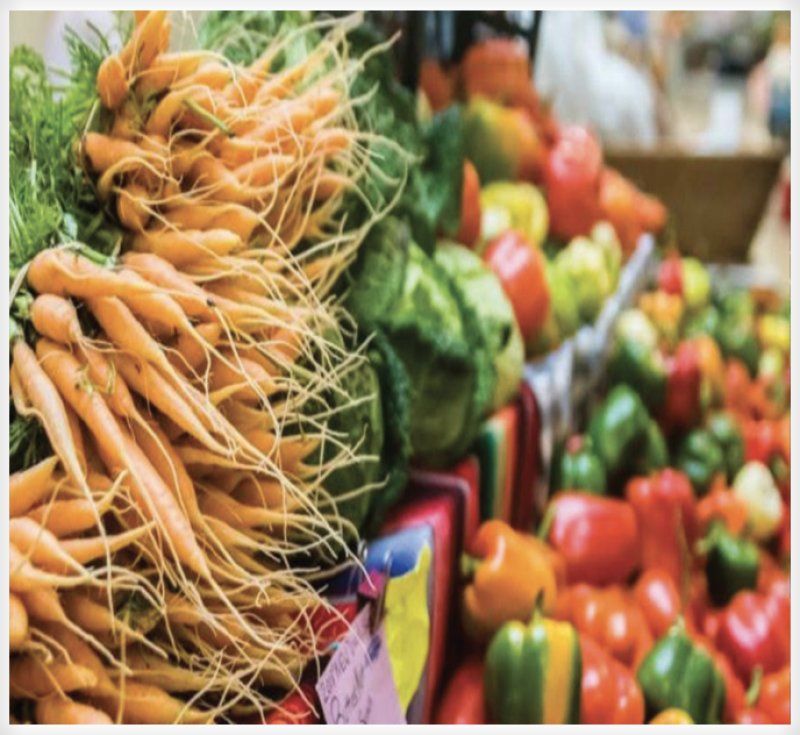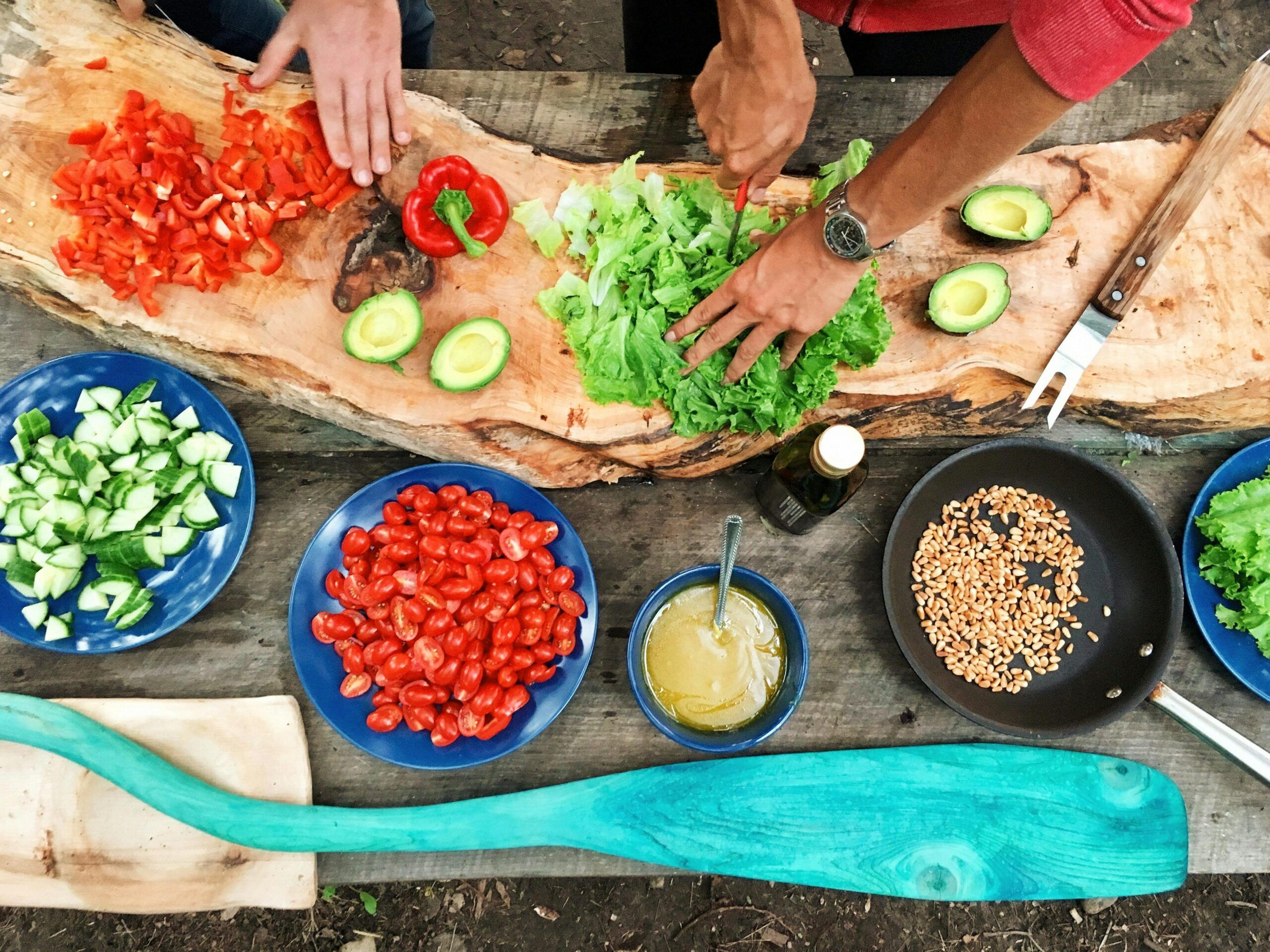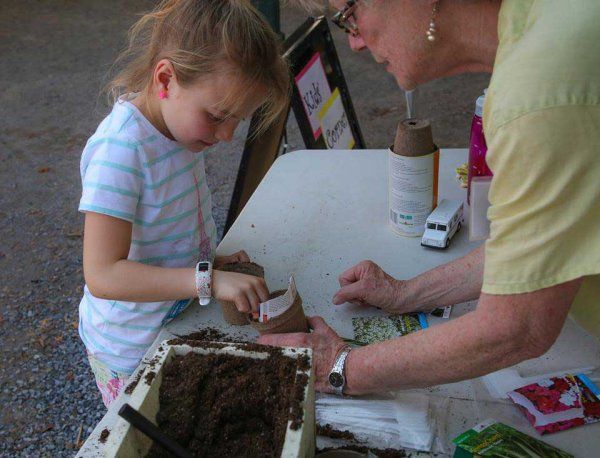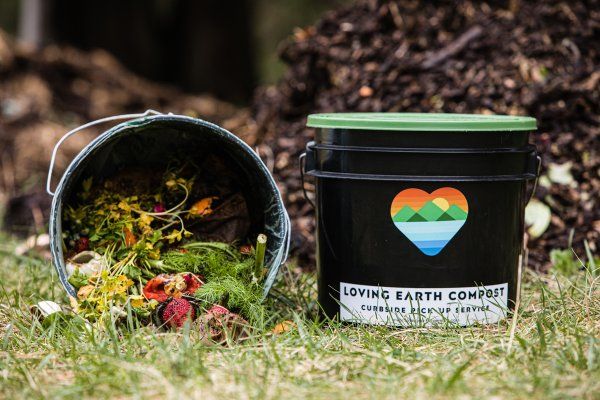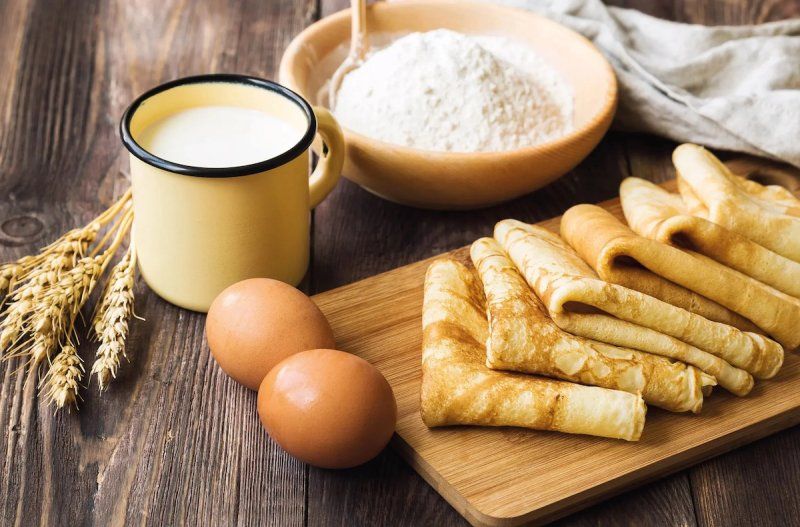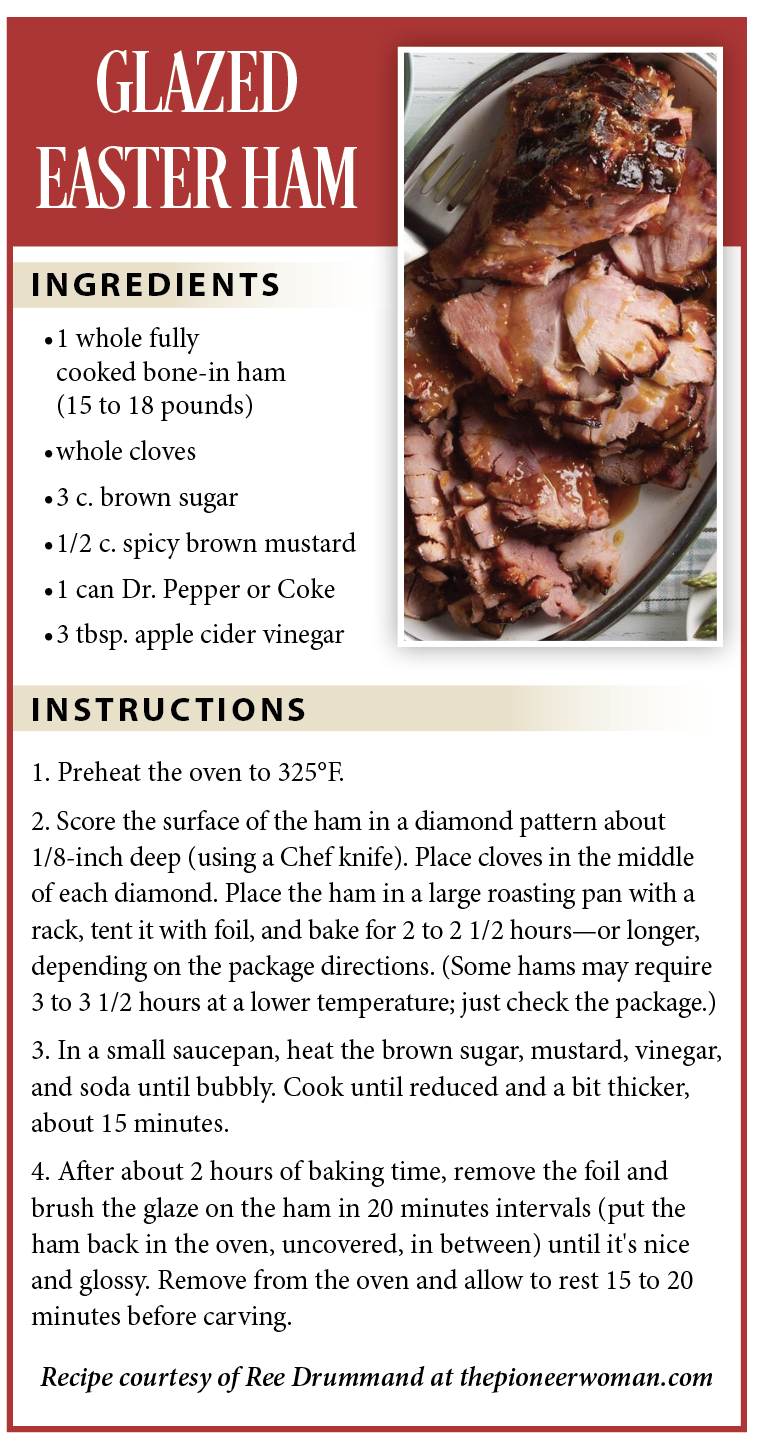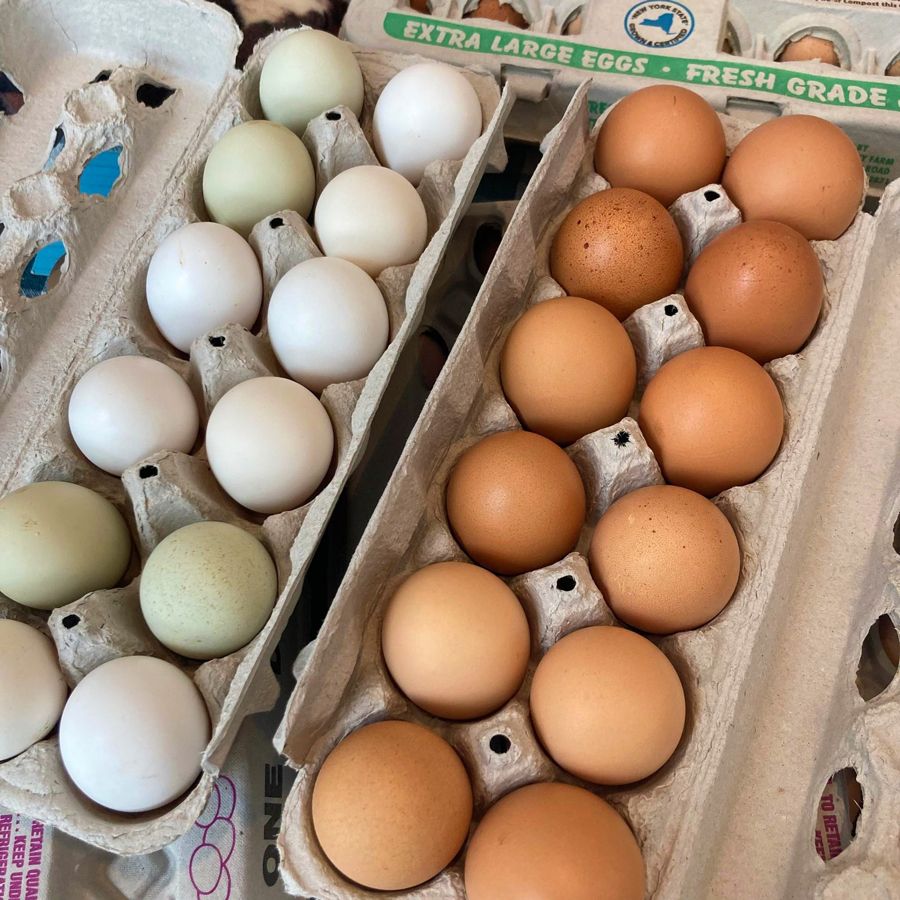Hello my Foodie Friends!
This weekend will draw upon many of our family traditions in what we make for the Easter Holiday. It could include decorating Easter eggs, baking, gathering around a table with family and friends, fun events like egg rolling or the classic Easter Egg hunt! For many families, Easter would not be complete without attending a worship service at their church.
Growing up in an Italian, Catholic household my mother was very strict on making sure church and family were part of our Easter celebration. I can remember as a child, dressing in my best suit attire to attend Easter morning church services. Getting five children ready each Sunday to attend church was very much a challenge for my parents. However, we were always up and ready on Easter morning. My sisters were usually dressed in pastels with pretty sashes around their waist with a bow. I was required to wear my best attire with my hair purposefully slicked (I have very curly hair so that was interesting to do). After church, we would head to our cousins’ house for the traditional Easter egg hunt and dinner.
Having the right knife for your holiday preparations will be important to creating your meal. Often times our customers ask what each knife is used for, which knife is best, is it price that determines it or is it the name? I have to admit, discussing knives is a passion for me. I tell them the best knife is the one that best fits and feels good in your hand. A knife is probably the only kitchen tool you must use every single time you prepare food. There is no such thing as the best chef’s knife—finding the knife that works best for you will involve considering many variables, like the size of your hands, the style of your cooking, and what feels natural and comfortable to you. The right knife is extremely personal. You will be less likely to pick it up each day if you do not find one that is right for you. I always tell customers “It should fit like a glove,” “Is it too heavy, too light, how is the balance for you?” You want a knife that is comfortable and fun for you to use. There are a myriad of options in the knife world that can become overwhelming when you are trying to buy the perfect knife. Before making any purchases, stop and consider what you actually need in the kitchen. Here are four knives that I recommend you start with.
Chef’s knife (also called cooks’ knives) (6 “to 10”). The 8” is my choice. It is called the all-rounder for professional and hobby chefs, suitable for chopping herbs, cutting vegetables, slicing and dicing fish and meat. The curved blade allows for a nice rocking motion. A work horse of a knife! Practice with this knife and you will get better and better. Also remember to use your steel to keep it sharp!
Paring knife (3” to 4”) The 3.5” is my choice. It is used for cleaning, paring, peeling and slicing small fruit and vegetables. It is also used to prepare intricate garnishes. The paring knife is a very efficient extension of thumb and finger. This helps to give good leverage.
Bread Knife (8” to 10”) The 9” is my choice. It is used for cutting bread or any other food of soft substance with a tough skin or crust. The aggressive scalloped edge cuts hard crusts effortlessly and evenly. Do not cut meat or fish with this scalloped or serrated edge knife as it will not produce an even slice with those foods. Do not use steel with this knife; it is not necessary and may damage the edges. It should stay sharp for at least five years if not abused.
Santoku with hollow edge (5” to 7”) (In Japanese Santoku loosely means: “Three Virtues” -slicing; dicing; and mincing) The 7” is my choice.
The Santoku knife, fitted with the RAZOR EDGE, is the all-rounder for the Asian cuisine for preparing fish, meat or vegetables. This is my favorite knife! It slices tomatoes paper thin and it cuts boneless meat and fish into small pieces. The specially contoured edge is perfect for chopping vegetables and the wide blade doubles as a spatula. Use your steel regularly as it can dull easily.
Just as essential as narrowing down the right type of knives for you in the sea of gadgets and accessories is how you care for them. The most important thing about knives, no matter the kind, is to keep them sharp. Whatever knife you choose, make sure you practice with it. Learn how to hold it so you feel the weight and balance, and it becomes an extension of your hand.
Stop into Compliments to the Chef, Your Neighborhood Kitchen and Cutlery store located at 33 Railroad Place, to see me anytime and I will show you personally. Remember my Foodie Friends; “Life Happens in the Kitchen.”
Take Care, John & Paula


